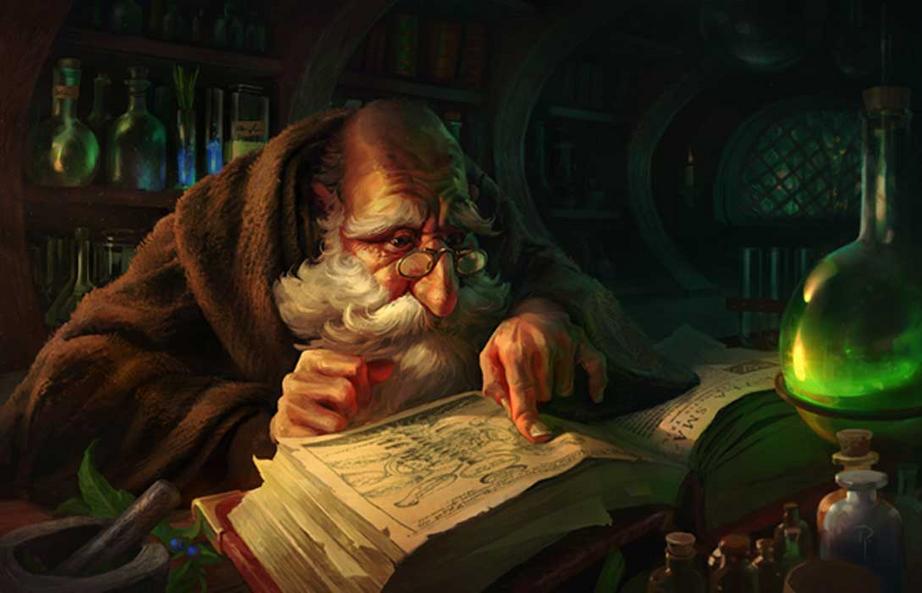Spagyric secrets of the alchemists: alchemy as alternative medicine
Even the best read of us sometimes come up against a word which needs a quick check in the dictionary, and Spagyric is one of those words. To discover the origins and magical meaning of this ancient word we must go back to 332 BC, at a time when Alexander the Great had just conquered Egypt. Therein lie the seeds of Spagyrics.
The Alchemical Arts
The alchemical arts have been described as everything from astrology to conjuring, and even diabolism, but this multi-disciplinary practice can be thought of collectively as proto-scientific exploration. Different versions of this ancient philosophy were developed in Europe, Africa, India, and Asia. In ancient China, Taoist monks pursued the outer and inner elixirs using exercise techniques like Qigong, believing they could manipulate the male and female properties of the perceived “life force” known as Chi. In ancient India alchemists invented steel long before scientists Bunsen and Kirchhoff noticed the importance of flame color in the identification of metals.
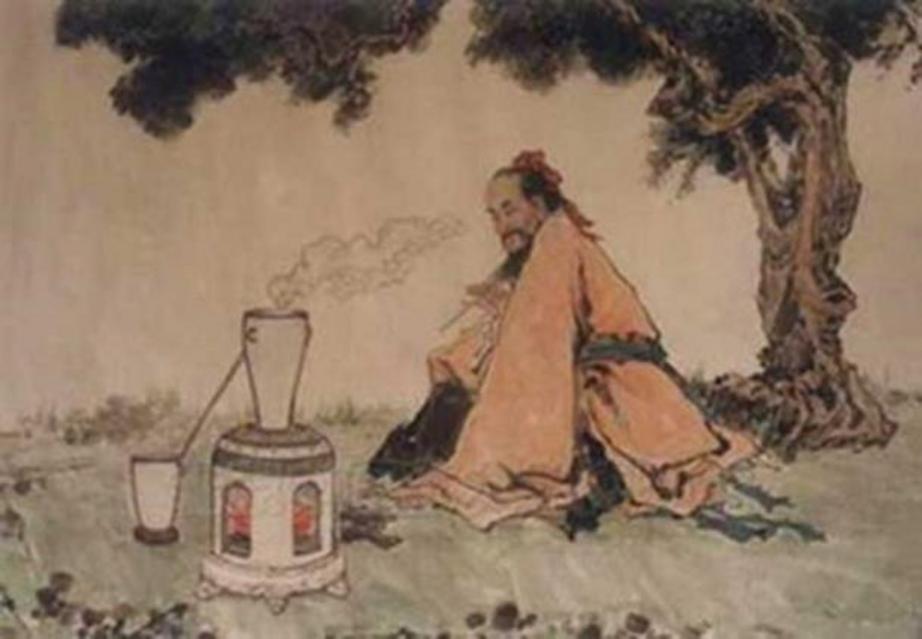
Alchemy in China involved metallurgical experimentation with attempts to balance perceived the male and female energies. (China.org.cn)
Arab scholars brought Alchemy to Europe in the 8th Century via their schools of learning in Spain and advances led to the manufacture of new amalgams and a refinement of the lab apparatus required to make them. By the 16th Century, alchemists in Europe had developed new compounds through the manipulation of the four elements through proto scientific experimentation, which led to what is now chemistry, but underlying their works were deep metaphysical and philosophical concepts such as the highly-esoteric disciplines of Kabbala, tarot, and astrology.

Mandala illustrating common alchemical concepts, symbols, and processes. From Spiegel der Kunst und Natur. (Public Domain)
Hiding Formulas in Symbols
Complicated symbolism was developed to conceal the alchemists secret formulas, for example, green lions, 7 headed dragons and dual sexed people all represented chemical procedures and compounds. The abyss of alchemical symbolism veils a rich matrix of ancient archetypal concepts and essentially alchemists aimed to “purify, mature, and perfect certain objects,” as we were told in Paul-Jacques Malouin’s 1751 Encyclopedia of Alchemy.

‘The Alchemist.’ (1640-1650) by David Teniers the Younger. (Public Domain)
European alchemists aimed to bring about “change” in both outer and inner worlds. Regarded as being causal to both was the creation of a Philosopher’s Stone - which was allegorical for the alchemist achieving “a state of mind” which was prepared and ready to be enlightened. In the temporal world, the “stone” was connected with “chrysopoeia” - the transmutation of base metals into more valuable noble metals. Alchemists also attempted to create an “elixir of immortality” able to cure any disease, the perfection of the human body and soul was closely associated with the alchemical “magnum opus,” and “the work” was believed to lead to and resulted from, gnosis.
Historians have recounted many stories of alchemists known as “puffers” who duped princes and kings with the promise of turning their lead into gold, and the legendary quest to find, or create, a Philosophers Stone has been played out in modern movies like the Harry Potter series. Underlying these “iconic” alchemical tales, however, is an arena of research which goes by the name Spagyrics.
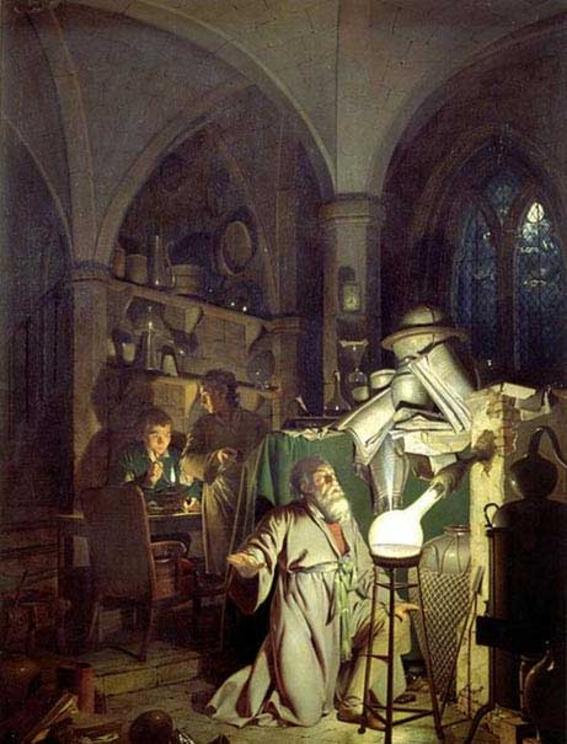
The Alchemist in Search of the Philosophers Stone. (1771) By Joseph Wright of Derby. ( Public Domain )
Spagyric Secrets
The ‘heretical' Paracelsus stated “the true purpose of alchemy was not for the vulgar purpose of gold making, but rather for the production of medicines” and in his book Liber Paragranum he wrote that “nature in itself was 'raw and unfinished', and man had the God-given task to evolve things to a higher level.” Spagyrics was the alchemical elevator, if you like.
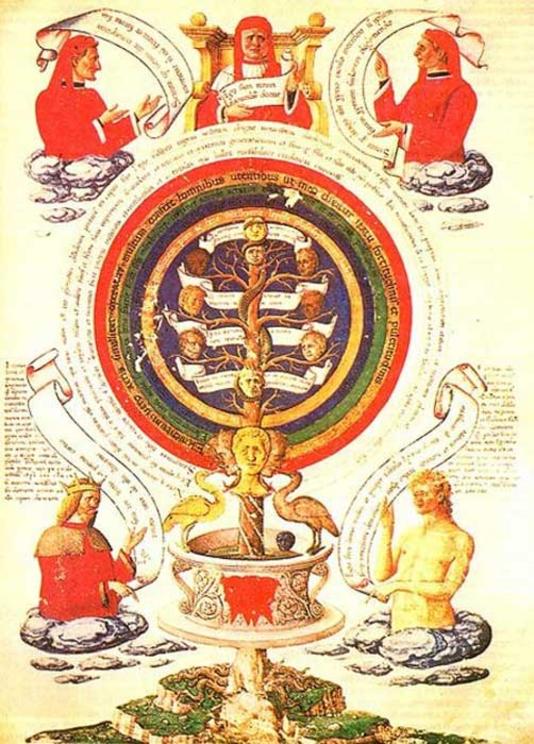
Page from alchemic treatise, 16th century. ( Public Domain )
The word Spagyrics is of Greek origin from the word ‘spao’ = I collect and ‘ageiro’ - I extract. Spagyrics were old alchemical herbal preparations which required the alchemists to take raw plants which had been identified as holding healing properties and turn them it into more potent forms - effectively amplifying the plants curative effects. Using very simple lab equipment, alchemists first extracted the salt, alcohol and essential oil from plants, which was regarded as purification. Then, these properties were ‘re-bound’ with the leftover plant matter, making preparations that were considered as being far more spiritually charged.
Spagyric production depended on the manipulation of the three mythologized substances that alchemists believed made up everything: salt, mercury, and sulphur -which translated to the minerals and salts representing ‘body’, the essential oils and organic acids being ‘soul,’ and alcohol was its ‘spirit’. Let’s now look at the spagyric process, in which we learn about the aims of alchemists.
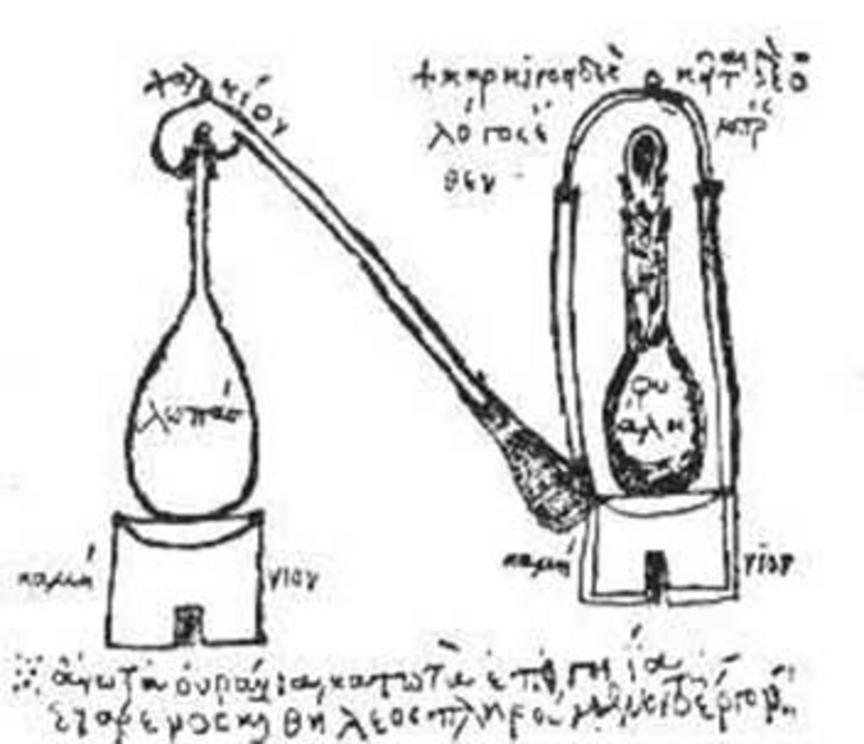
FIG#04; Ambix, cucurbit and retort of Zosimos, from Marcelin Berthelot, Collection des anciens alchimistes grecs (3 vol., Paris, 1887–1888). (Public Domain)
STEP 1: Alcohol Extraction
Alcohol, especially grape, was a solvent perceived as the perfect catalyst for extraction, because it dissolved alcohol soluble chemicals and essential oils. The proportion of ethanol and water was changed to produce different strengths of tincture and modern scientists note that fruit alcohol is the only solvent which extracts a plant's chemicals at the same ratios contained in the plant.
STEP 2: Mineral Extraction
Tinctures were stored in a dark place while the extracted plant material was burned and calcined to extract its minerals. Once incinerated into a white ash the mineral salts were dissolved in distilled water, before being slowly evaporated so to crystallize them.
STEP 3: Recombination
The mineral salts were then recombined with the original tincture to complete the spagyric process. Thus, the final solution contained all of the plant’s minerals, oils and acids which existed within the raw plant, but the “purified” mixture was held as being spiritually super-charged - divinely enhanced - lifted to a higher level.
Of course, spagyrics attracts skeptics, but many modern scientists and alternative health professionals believe that these ancient alchemical flurries were indeed based in scientific fact and that the magical ‘rejigging’ of plants did indeed enhance their effectivity in healing. From a chemical standpoint, the mineral salts neutralized the plant acids - converting them to what was known as their “ester form” which yielded soap-like compounds and what was once oil soluble, became water soluble.

An alchemical balneum Mariae, or Maria’s bath (named for the inventor, alchemist Mary the Jewess), essentially a double boiler. 1528. ( Public Domain )
Today, Robert Allen Bartlett is a self-proclaimed alchemist and former Chief Chemist of Paralab, a commercial offshoot of Paracelsus College SLC, UT. Bartlett offers classes in “Traditional Lab Alchemy,” but rather than expounding about the benefits of Spagyrics his website warns: “Disclaimer: These Spagyric formulas are offered as Initiatic, and as a novelty, and for research purposes only. We make no medical claims and offer information based on ancient texts as a historical reference. We do not recommend taking anything internally without the advice and recommendation of a licensed MD or ND only!”
The Alchemists of old, it would seem, sold their Spagyric potions without the restrictions imposed by our modern lawyers, who sharpen their claws ready to sue if anyone so much as coughs after an alternative health product!
For the rest of this article please go to source link below.
For full references please use source link below.

